Review CANON EF 100-400mm MarK I vs MARK II
I review here the Canon EF 100-400mm 4.5-5.6 L IS USM and Canon EF 100-400mm 4.5-5.6 L IS USM II side by side. I also combined them with the Canon Extender EF 1.4X III and Canon Extender EF 2X III. These zoom lenses are versatile for wildlife and sports. They are similar in:
1. Focal length: 100-400mm in full-frame sensors or 160-640mm in APS-C sensors.
2. Aperture (max aperture F/4.5 at 100mm and F/5.6 at 400mm; max aperture F/32 at 100mm and F/40 at 400mm).
3. Size: 9.4 cm diameter x 19.3 cm length at 100mm without the hood (much larger at 400mm and with the hood as you can see in the photo below).
4. Presence of image stabilizer (IS) system.
5. Ultrasonic focus motor (USM).
6. The filter diameter of 77 mm.
In the photograph below you can see the size of both lenses at 400mm with the hood.
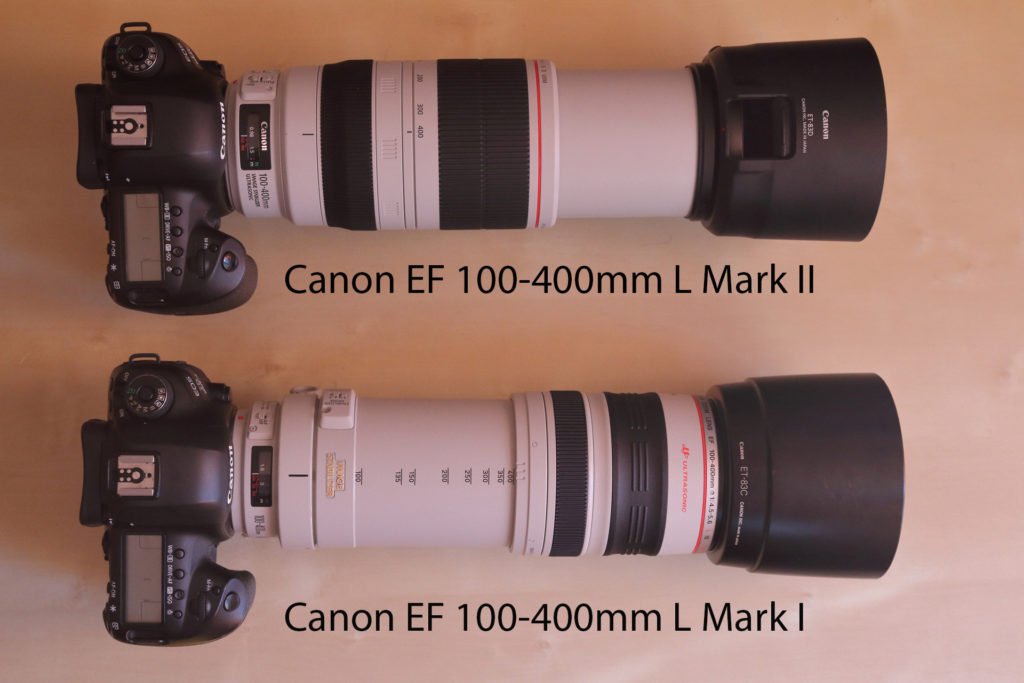
Of note, I highlight the main differences between the two versions as well as some aspects I noticed when I worked with them. Overall differences:
1. Price: Mark I is $1350 vs Mark II is $1750. The new version is $400 more expensive than the old one.
2. Release date: Mark I in 1998 vs Mark II in 2014. There are 16 years of differences between both lenses.
3. Weight: Mark I is 1483 g (52.3 oz) vs Mark II is 1630 g (58 oz). In both cases, the weight is with tripod foot. The new version is a bit heavier because of the addition of optical and IS elements.
4. Optical elements: Mark I has 17 elements in 14 groups vs Mark II has 21 elements in 16 groups. The new version has more elements that give more weight but also more quality.
5. Minimum distance to focus: Mark I has 1.8 m (6 feet) vs Mark II has 0.98 cm (2.9 feet), in both cases at max focal length (400mm). Both lenses bring a bottom with 2 ranges of distance. In Mark I is either from 1.8m to infinite or from 6m to infinite, while in Mark II either full range (from 0.98m to infinite at 400mm) or from 3 m to infinite. The second position helps the camera to get the focus quicker.
6. Maximum magnification: Mark I has 0.2X vs Mark II has 0.31X. The new version allows you to get the subject closer.
7. Image Stabilization (IS): Mark I has a 2-stop system vs Mark II has a 4-stop system.
8. IS Modes: Mark I has 2 IS modes (1 is total IS all the time and 2 is just for subjects moving horizontally) vs Mark II has 3 IS modes (1 is total IS, 2 for panning and 3 is just for stabilizing the capture). The new third mode in the new version of the lens allows to save some battery but in my opinion is not super useful. I mostly use mode 1, sometimes with cars and birds, I use Mode 2, or IS OFF if I use a tripod as in the examples below.
9. Zoom ring: Mark I is push-pull zoom control vs Mark II is the twist-ring zoom control. The new version comes easier control to handle.
10. Hood: Mark I brings a simple ET-83C hood vs Mark II brings ET83D hood with a hole to move the ring filters. The new hood fits better and allows you to move the polarizer filter while you are watching the scene.
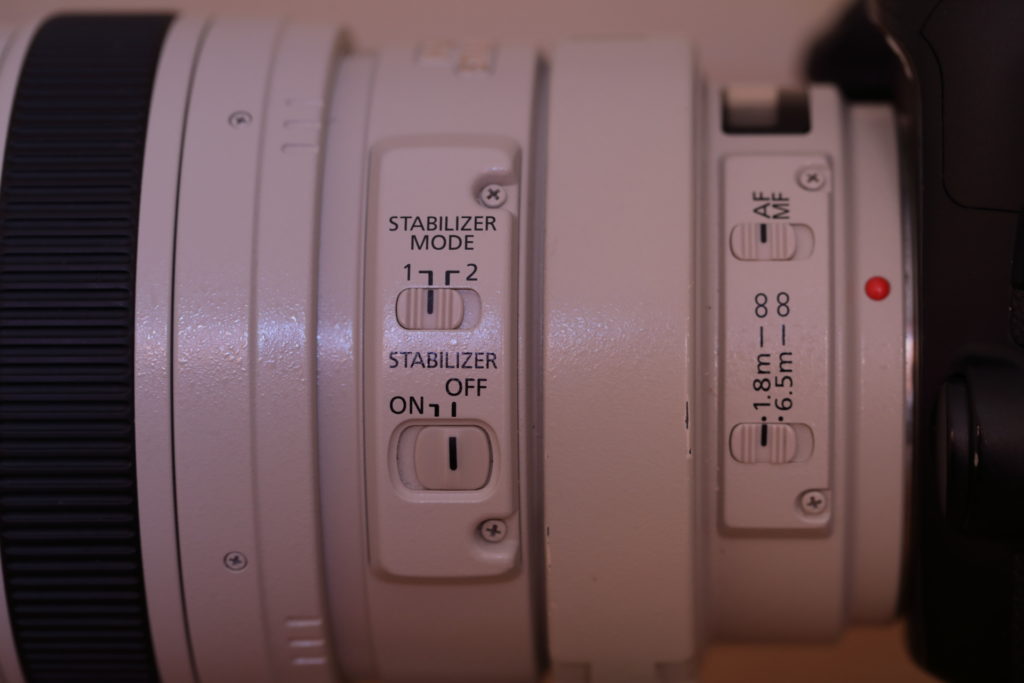
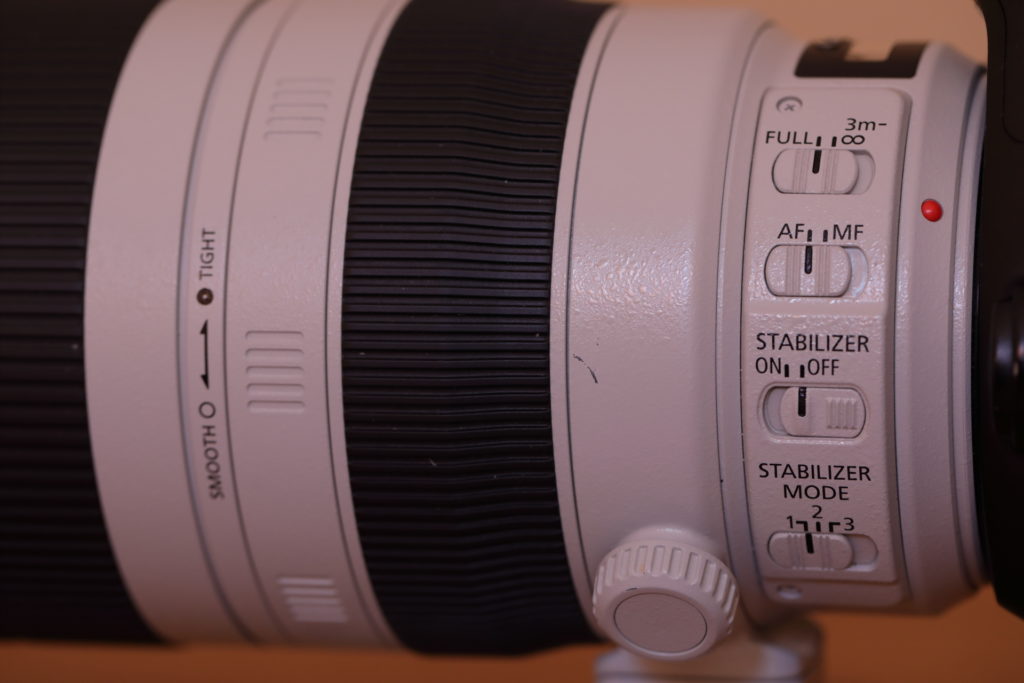
Photographs taken with a full frame sensor camera using Mark I (on the left) and Mark II (on the right) without any extender at 400mm.
Parameters: Shutter speed 1/100, F8, ISO 1600, WB 3000K, Neutral Style. Tripod, Image Stabilization (IS) OFF.

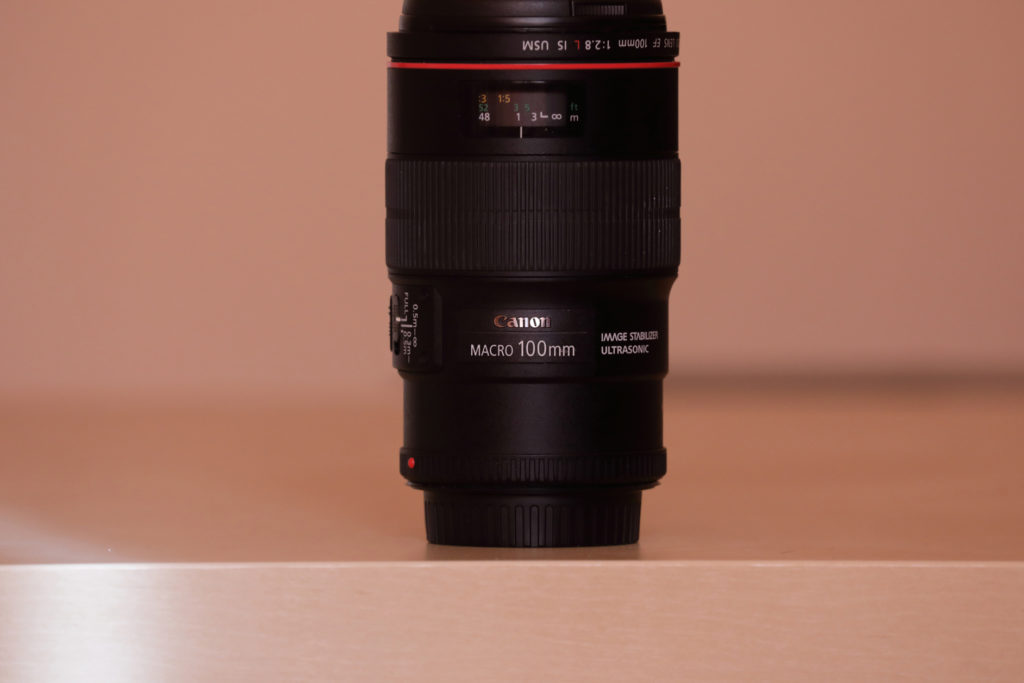
Photographs taken with a full frame sensor camera using Canon EF 100-400 Mark I (on the left) vs Mark II (on the right) with Canon Extender 1.4X III.
I still keep the AF using my FF sensor camera, but the maximum aperture dropped to F8 instead of F5.6.
Focal length: 560mm (400 x 1.4). You could go up to 896 mm shooting with an APS-C sensor camera (400mm x 1.4 x 1.6).
Parameters: Shutter speed 1/100, F8, ISO 1600, WB 3000K, Neutral Style. Tripod, Image Stabilization (IS) OFF.

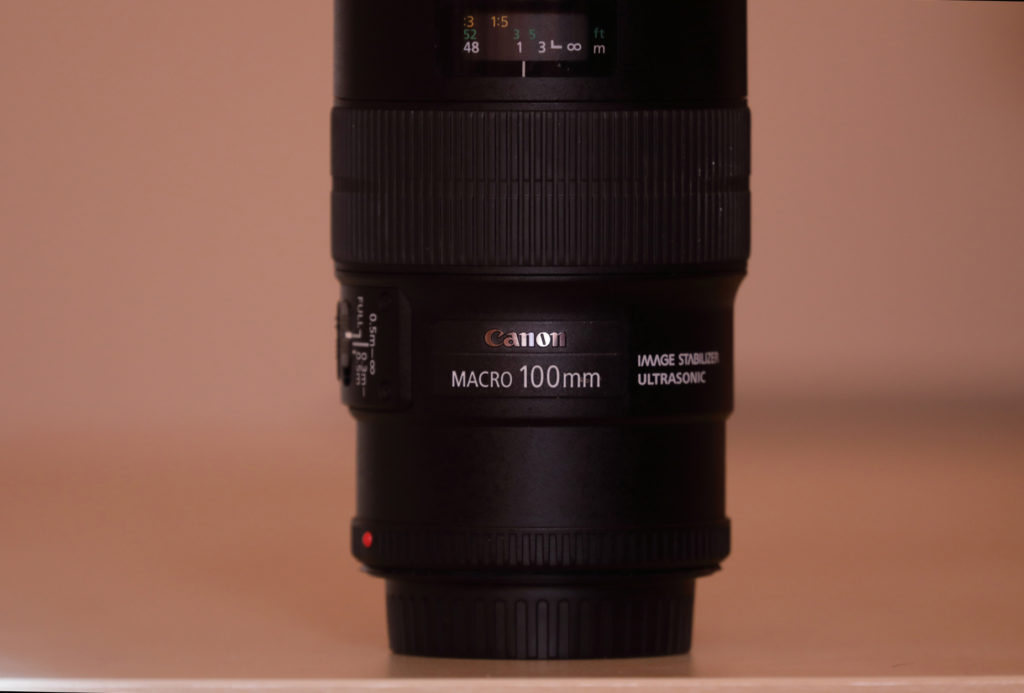
Photographs taken with a full frame sensor camera using Canon EF 100-400 Mark I (on the left) vs Mark II (on the right) with Canon Extender 2X III:
Now both lenses loss the Automatic Focus (AF) and get a maximum aperture at F11.
Focal length: 800mm (400 x 2). You could go up 1280mm shooting with an APS-C sensor camera (400 x 2 x 1.6).
Parameters: shutter speed 1/50, F11, ISO 1600, WB 3000K, Neutral Style. Tripod, Image Stabilization (IS) OFF.
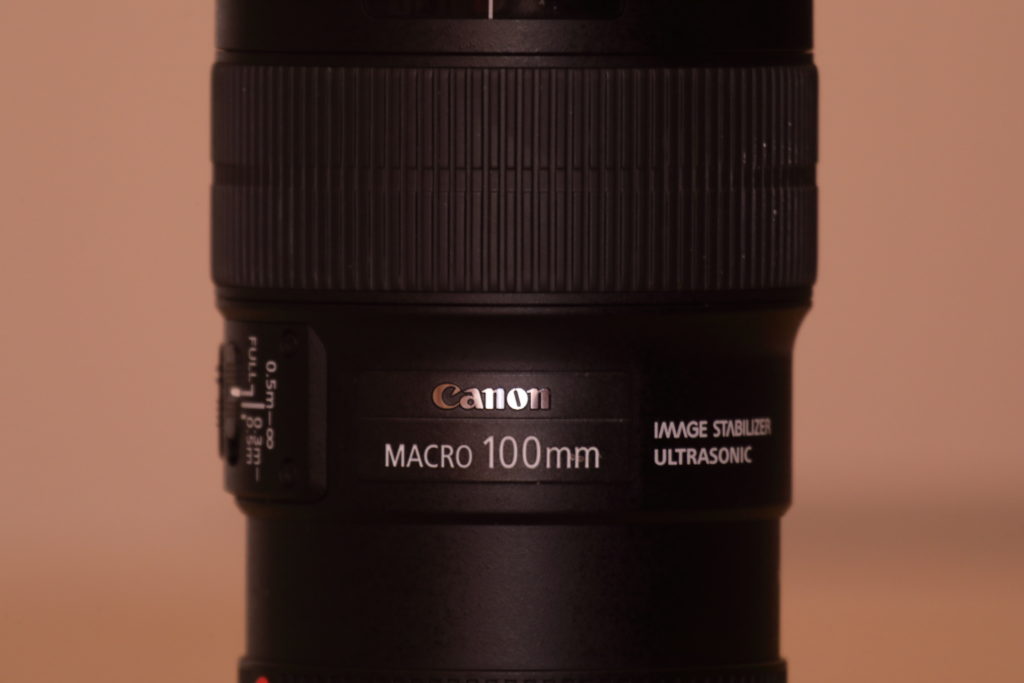

Digital crop of photographs taken with Mark I (on the left) and Mark II (on the right) without extender at 400mm. As you can see, even with more than a 50% cropped, the sharpness of the images is slightly higher than using the 2X Extender. The details also bring differences between both versions of the 100-400mm, getting a significantly improved image quality in the case of the Mark II lens.
Overall, I discourage the use of extenders unless it is absolutely required. Even if the newer versions (III) are better than the older ones, the loss of sharpness is evident, especially with the 2X Extender and low-light conditions. I would recommend the 1.4X III if the subject is motionless. For fast-moving subjects like birds or cars, the AF is too slow to get them on focus.


If after reading this review, you still don’t know which version you should get. I encourage you to evaluate first your budget. If you can spend $1800 in a lens, don’t hesitate, go for Mark II. The quality and sharpness is in my opinion significantly better after 16 years of technology.
However, if this budget is not affordable to you, you can likely get the old version (Mark I) for $400-600 if you purchase a used lens (many people get rid of this version just because they want to get the newer version or a bigger lens) and the quality is still good as you can see in this comparative review.
Don’t hesitate to contact me if you need further information or you want to get one.
Photos and text by Hector Cordero. All rights reserved.